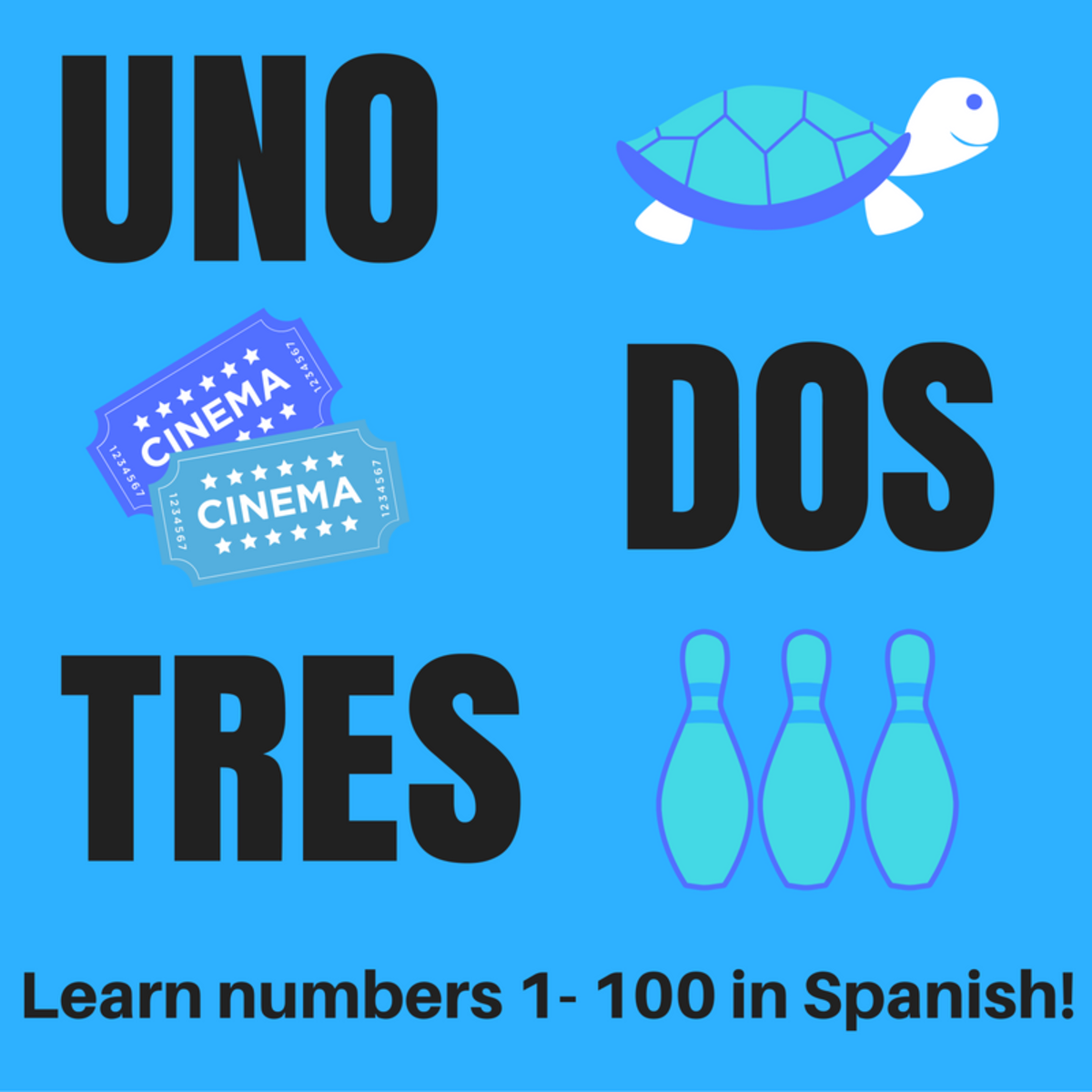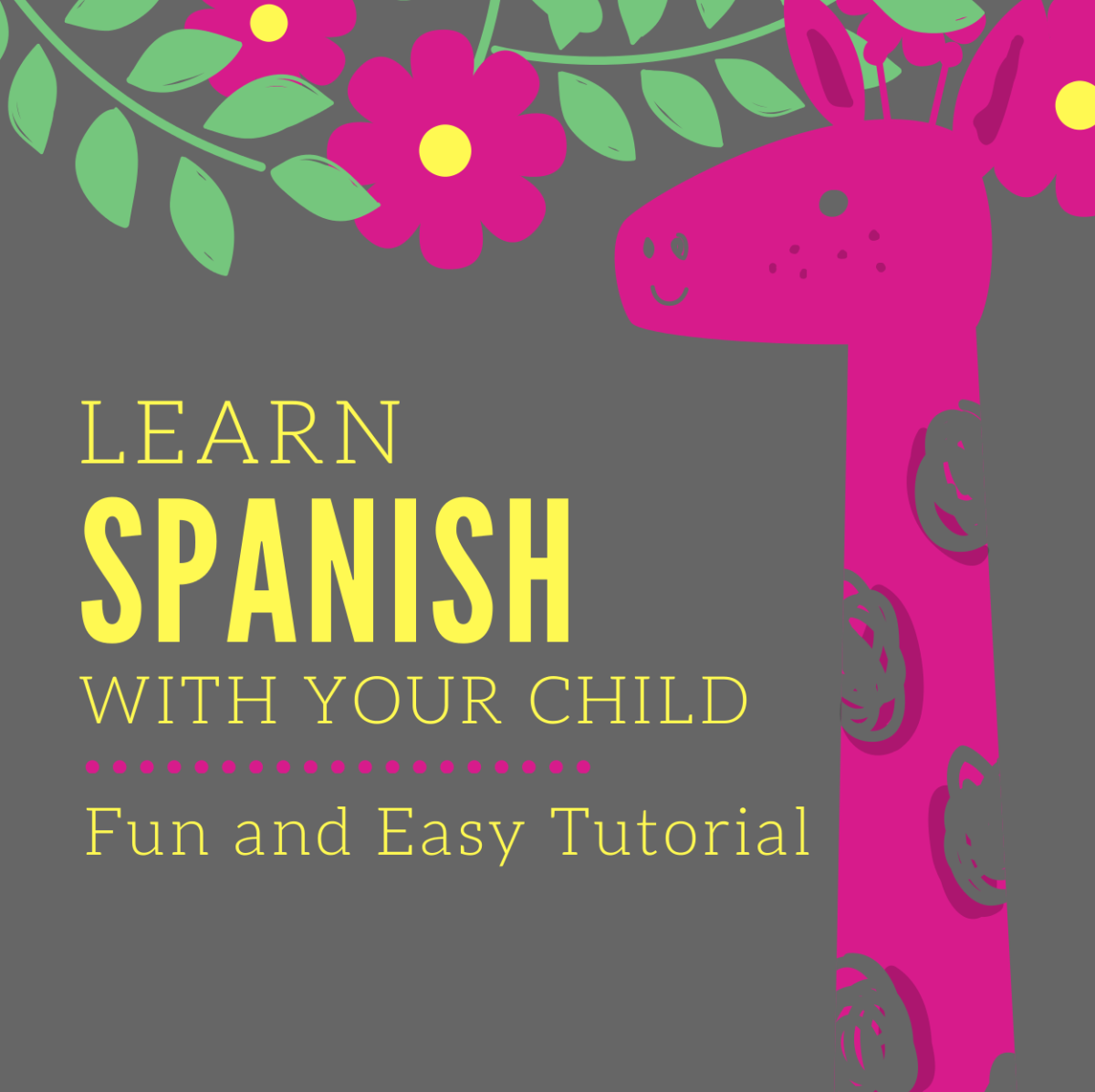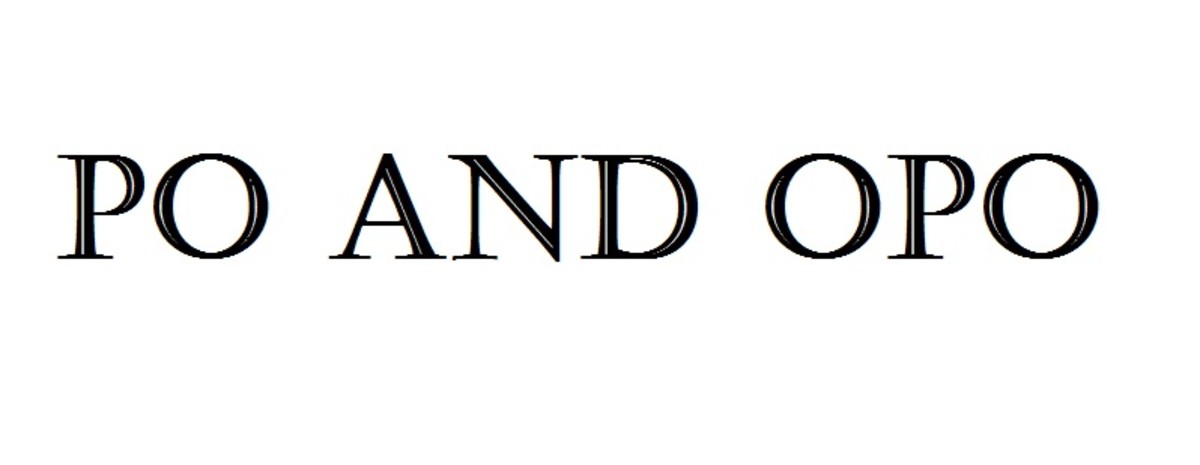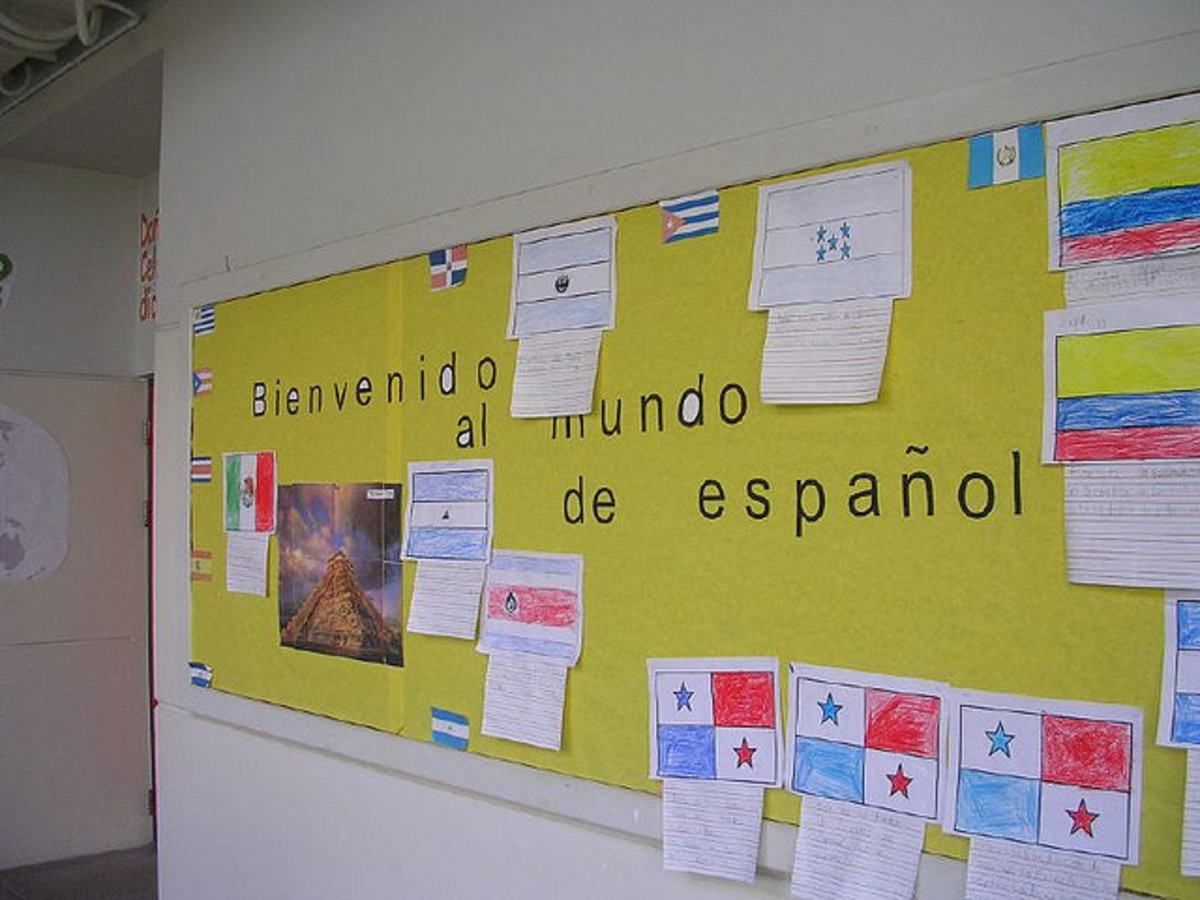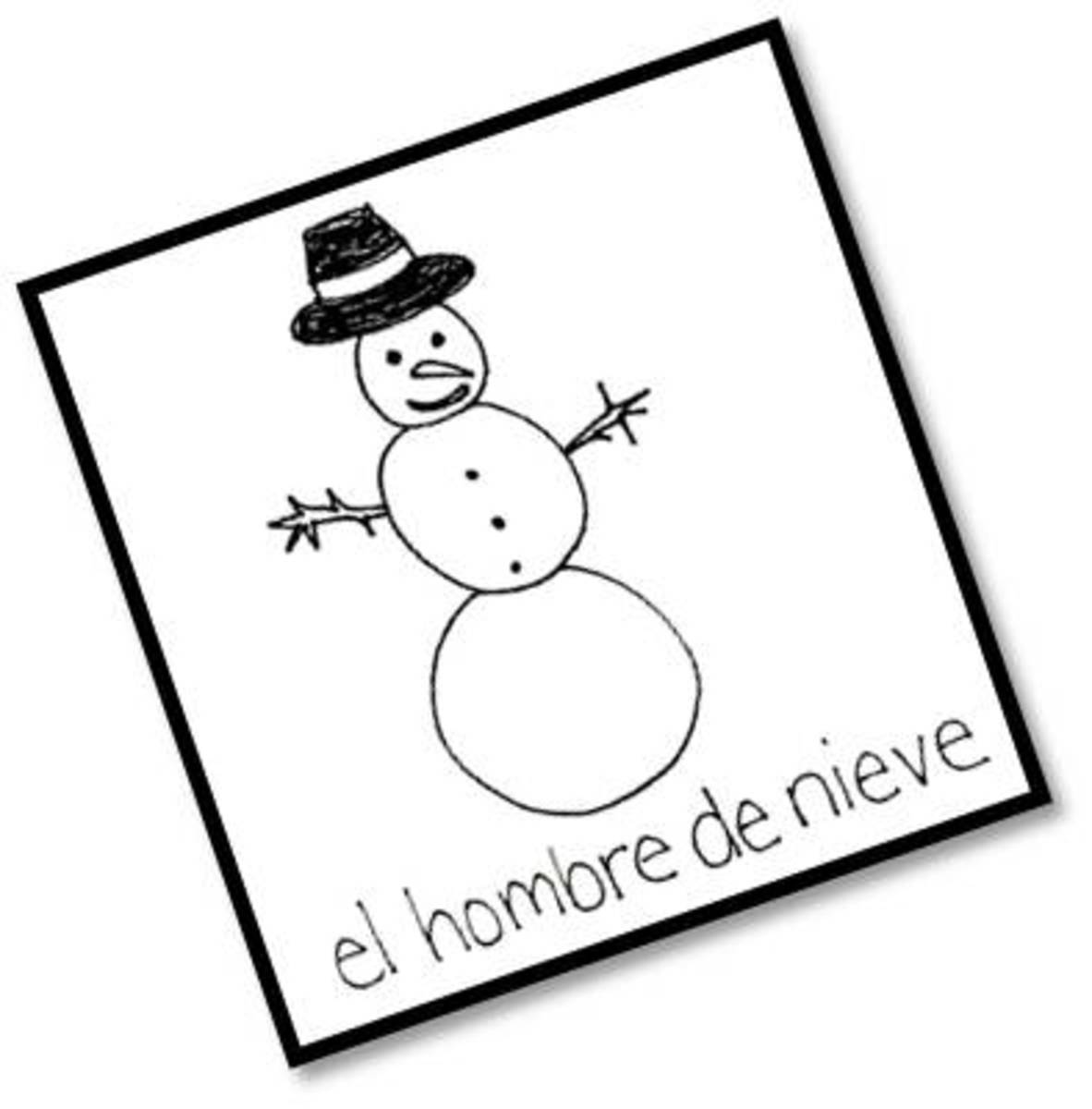Spanish Lesson Three: Getting To Know You

Before You Read
Hey guys! Is it that time of the week again already? Well if you haven't notice, this is Lesson Three: Getting To Know You. If you have not read Lessons One or Two, click on the links below to review those before continuing on. The purpose of these lessons is to learn Spanish "A Little At A Time". So come join me as we learn some Spanish together!! :)
Oh, and if you've participated in the homework assignment, I'd love to hear from you guys on what you've come up with. Anyway, take a look at Lesson Three: Getting To Know You!

Advanced Conversational Questions
Here's your add on to last week's lesson. Here are some questions you might ask if you really want to get to know who you're conversing with. These are very simple questions, really, but I place them in the advanced category because the answers could get a little complicated. Here, check out these questions that will be added on to last lesson and will be introduced completely in this one.
¿Cómo the llamas?- How do you call yourself? (This is the literal meaning, the equivalent of "What is your name" in English)
¿Qué es tu nombre?- What is your name (Literal translation)
¿Cuantos años tienes?- How many years do you have? (Literal translation, the equivalent of "How old are you?)
¿Qué the gusta hacer?- What do you like to do?
¿De donde eres?- Where are you from?
¿Qué es tu color favorito?- What is your favorite color?
Pronounce These Words:
Fácil
Dificil
Duro
Suave
Profundo
Aprender
Comprensivo
Warm-Up
Define These Words:
Phrases-
¿Qué pasa?
Buenos Tarde
Buenos Noches
Asi Asi
Nouns-
Libro-
Biblioteca-
Escuela-
Lápiz-
Verbs-
Aprender
Leer
Cantar
Bailar
Caminar
16- Dieciseis (or Diez y Seis which means ten and six)
17- Diecisiete (or Diez y siete which means ten and seven)
18- Dieciocho (or Diez y ocho which means ten and eight)
19- Diecinueve (or Diez y nueve which means ten and nine)
20- Veinte
21-29 (Dieci + numers 1-9. This occurs for 31-39, 41-49, 51-59, and the trends continues until you reach 100)
30- Treinta
40- Cuarenta
50- Cincuenta
60- Sesenta
70- Setenta
80- Ochenta
90- Noventa
100- Cien
Spanish Numbers!!
To answer one of our new questions, you'll need to know some simple numbers in Spanish. I know most people know up to ten, but I'll do up until one hundred. Take a look.
1- Uno
2- Dos
3- Tres
4- Cuatro
5- Cinco
6- Six
7- Siete
8- Ocho
9- Nueve
10- Diez
11- Once
12- Doce
13- Trece
14- Catorce
15- Quince
White- Blanco
Yellow- Amarillo
Gray- Gris
Green- Verde
Brown- Marrón
Purple- Púrpura
Spanish Colors!
Here are some colors to answer some of the newer questions!
Red- Rojo
Blue- Azul
Orange- Anaranjado
Pink- Rosa
Black- Negro
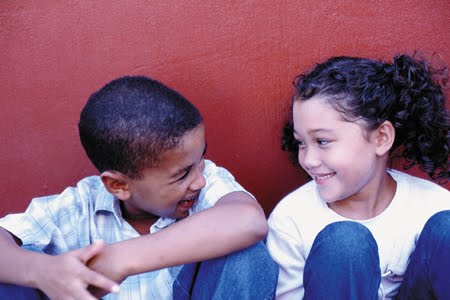
How To Answer Advanced Conversational Questions
When having a conversation in Spanish, you must understand there are several ways to answer as well as ask. Below are the ways in which to answer the questions above.
¿Cómo the llamas? and ¿Qué es tu nombre?:
Okay this pretty easy. If someone asks ¿Cómo the llamas?, you need to answer them using the same system. This question is created by the use of the verb llamar, which means "to call" or "to be called". So just flip it around. Say... Me llamo... and insert your name. Easy right? If you're asked ¿Qué es tu nombre?, you'll answer Mi nombre es... and insert your name. The first phrase is most common, so be ready to answer accordingly.
¿Cuantos años tienes?:
Again, this question has a verb in it. In future lessons you'll learn to take verbs and change the form of them. Thus, changing the verb to reflect "I" instead of "you". This question is about you, so let's make it about "I". To answer this question you'll need to say: Tengo (insert number of years here) años.
¿Qué the gusta hacer?:
Gustar an infinitive verb meaning "to like". That is why it is the base of this question. Again we're changing it to reflect "I" so you're going to say... Me gusta... You're going to insert an infinitive verb here to reflect an action that you like to do. You can use bailer which means "to dance", escribir which means "to write", or aprender which means "to learn."
¿De donde eres?:
The word eres comes from the verb ser which means "to be". In order to reflect "I" we change eres which means "you are/are you" to soy which means "I am/Am I" So we're going to say Soy de (which is from)... and you'll insert where your from at the end. Get it?
¿Qué es tu color favorito?:
To answer this question you're going to change the adjective tu which means "your". Oh you thought tu means "you". Well tu means your and tú means "you". Note the difference of meaning in relation to the accent. Watch out for words like that! To answer this question, use the word mi which sounds like "me" but means "my". Insert color which means "color", es which is a version of ser that means "he is/she is/it is" and then insert your favorite color from the words provided.

Homework
Make up a conversation for those little kids using your new knowledge. It doesn't have to be long, just a little something to let the knowledge sink in. If you don't care for that, chat with a friend and go back and forth. It's always best to read, speak, and listen in Spanish. This ensures success in learning the Spanish language.
Next Week: Get ready to hone your skills by learning a lot more with Lesson Four: Sentence Structure and Rhetoric. Together we'll learn about Spanish Verbs, Adjectives, Pronouns, and more... just stay tuned!!



